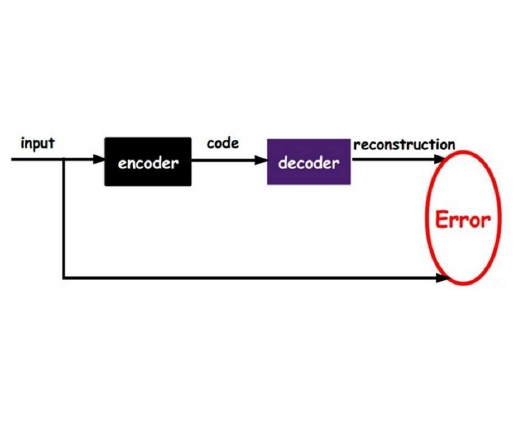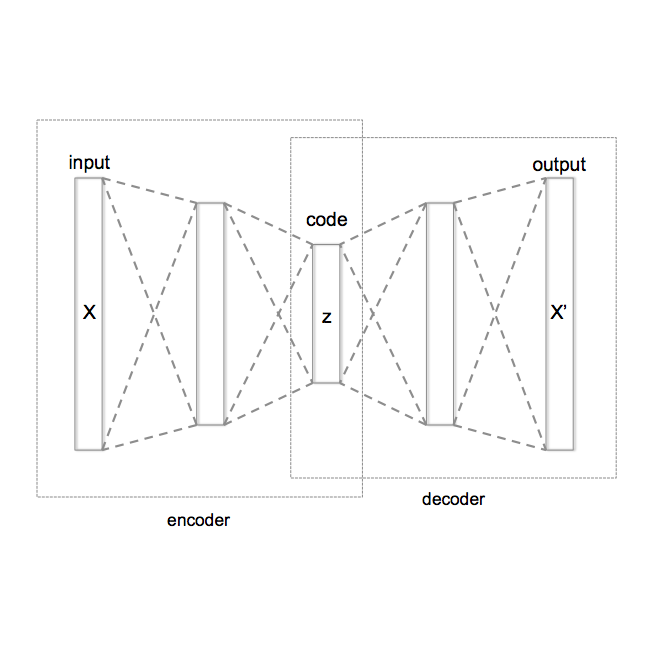Interpreting how persuasive language influences audiences has implications across many domains like advertising, argumentation, and propaganda. Persuasion relies on more than a message's content. Arranging the order of the message itself (i.e., ordering specific rhetorical strategies) also plays an important role. To examine how strategy orderings contribute to persuasiveness, we first utilize a Variational Autoencoder model to disentangle content and rhetorical strategies in textual requests from a large-scale loan request corpus. We then visualize interplay between content and strategy through an attentional LSTM that predicts the success of textual requests. We find that specific (orderings of) strategies interact uniquely with a request's content to impact success rate, and thus the persuasiveness of a request.
翻译:解释语言对受众的说服力如何影响在许多领域的影响,如广告、辩论和宣传等。 说服依靠的不仅仅是信息内容的内容。 安排信息本身的顺序(即命令具体的口头战略)也发挥着重要作用。 为了研究战略顺序如何有助于说服性,我们首先使用变式自动编码模型,在大规模贷款申请中,在文本请求中分离内容和口头战略。 然后,我们通过关注LSTM将内容和战略的相互作用视觉化,预测文本请求的成功。 我们发现,具体(排序)战略与请求内容有独特的互动,以影响成功率,从而影响请求的说服力。




